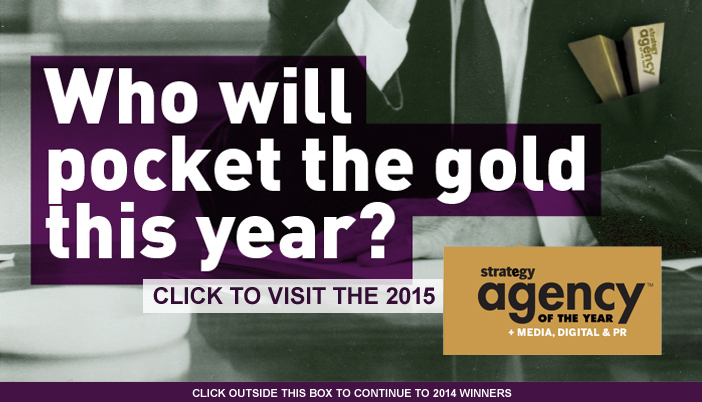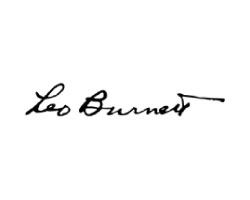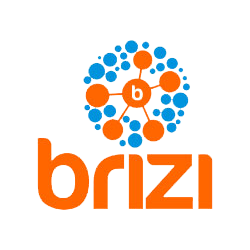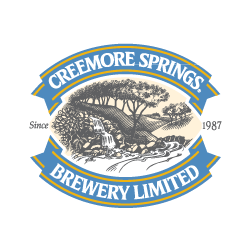P&G – Always
"#LikeAGirl"
P&G brand Always competes in the feminine hygiene category, which has been historically marketed on functional attributes. Always sought to break from this pattern by taking the brand to a purpose driven platform, where it could connect girls and women to the brand's values rather than its product benefits.
Judy John, Leo Burnett Toronto's CEO and CCO was asked to lead teams in Toronto, Chicago and London to spearhead a new creative platform that would take Always to a more emotive space.
At puberty, a girl's confidence drops significantly: 56% of women claimed to have experienced a decline in confidence at puberty. Furthermore, the lowest point of confidence occurs when girls get their first period. Empowering girls during this critical life stage became the brand's role.
Society frequently uses sexist expressions that appear common, yet ultimately depress a girl's confidence. The idea was to take on one of these unfortunately common "playground" expressions and dramatize the subtle,yet negative power they create – and how that phrase can be reinterpreted to a new and inspiring meaning.
The brand decided to show the effects of the common saying "like a girl" and begin a conversation on how society can start to relate this to strength, talent and amazingness.Leo Burnett conducted a social experiment captured by award-winning documentary filmmaker Lauren Greenfield. In the filmed experiment, girls of different ages reacted to the phrase "like a girl."Some young girls took it tomean, "run as fast as you can," showing that they haven't been affectedby the negative meaning of the term. Teens and young women however, automatically interpreted the negative, sexist meaning of the term by running and throwing a ball feebly.
The #LikeAGirl campaign has generated outstanding results in terms of video views, global media attention and social sharing. The campaign launched with the YouTube video and blogger outreach on June 26, 2014 and after only 7 days, it achieved 25 million YouTube views (in English and other languages), 504,050 Facebooks shares, 32,400 Twitter shares, 66 blog posts and 311 media stories, generating 2 billion impressions worldwide. Less than 3 weeks after the launch, the video generated more than 34.8 million views.
